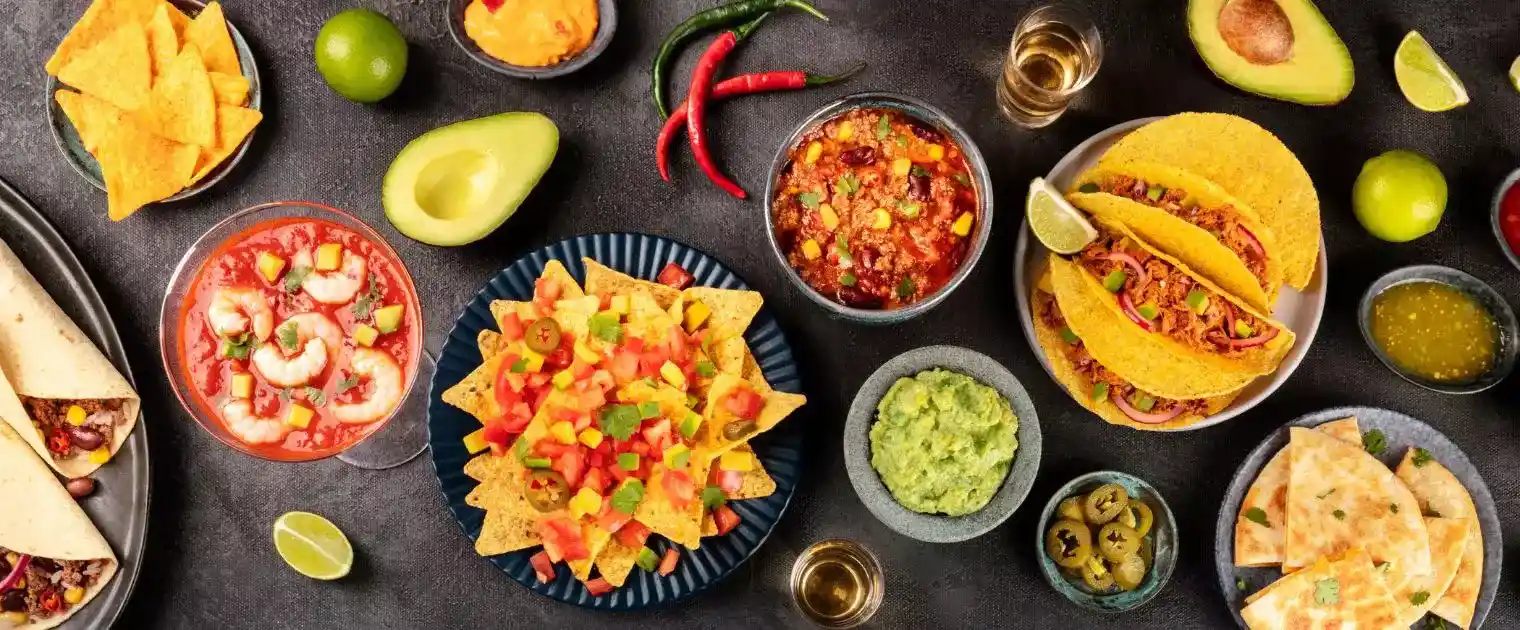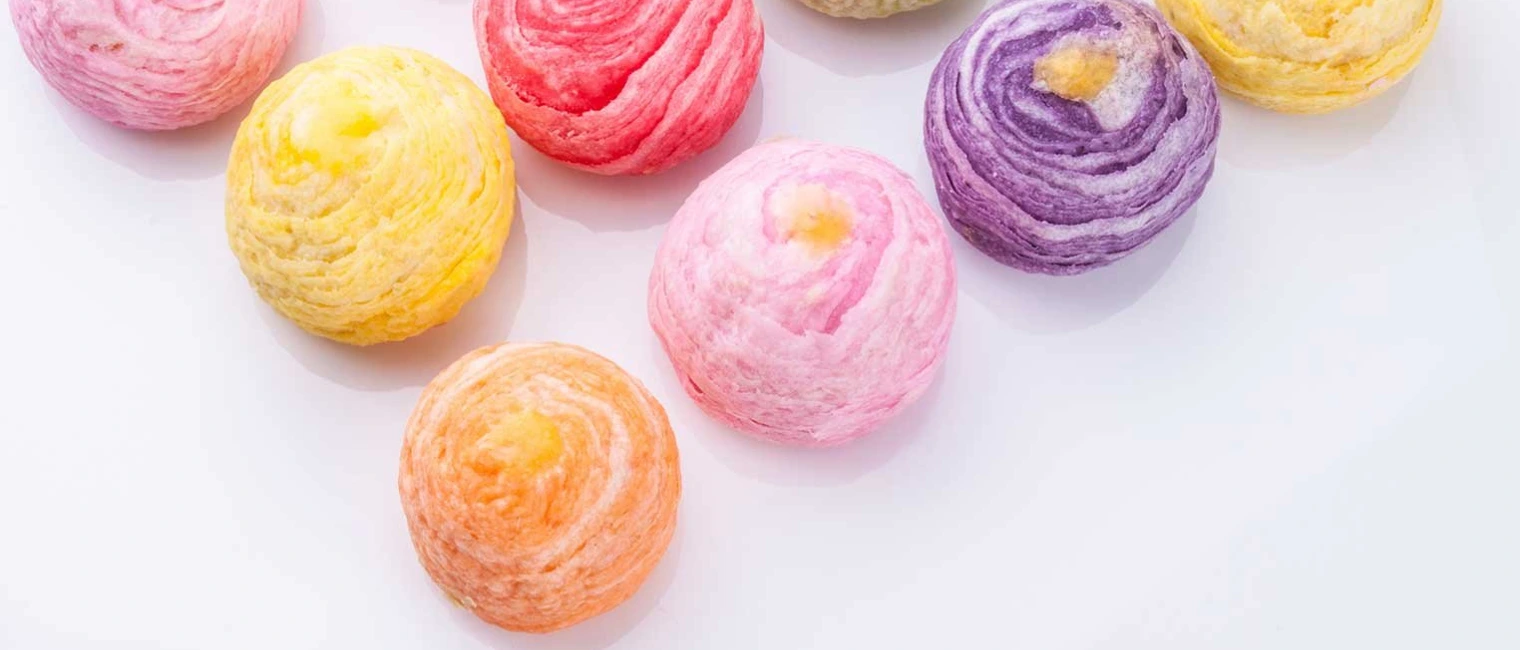In today’s fast-paced world, an increasing number of people are seeking new culinary experiences that can psychologically transport them to far-off places without having to physically travel to such distant places.
This trend has resulted in an increased popularity for exotic food dishes that feature aromatic and sensorially appealing flavors which are native to such destinations. Some of the most popular exotic flavors include Thai, Indian, Mexican, and Moroccan cuisines, among others.
As per Mintel’s report titled ‘A year of innovation in table sauces, oils & seasonings, 2022’, 37% of buyers in UK are interested in buying condiments with unique flavors inspired by authentic exotic foods.
Dubbed as “transportive flavors”, these flavors are specifically created to help consumers feel connected to a distant place and experience its culture and heritage through its cuisine. In this blog post, let’s explore how food colors enhance the experience of exotic foods and make them more sensory appealing.
How Food Colors Enhance The Culinary Experience Of Exotic Foods
Food colors are an integral part of any cuisine as they not only make dishes visually appealing but also enhance their taste and the overall culinary experience. Since the color of the food directly influences the way we perceive its taste, a blend of various color hues makes a dish visually appetizing making us to try it out. This is especially true for exotic foods, in which the right colors can create a sense of familiarity with the cuisine and culture, further enhancing the taste experience.
For instance, a yellow color is often associated with Indian cuisine. Traditionally, this is achieved by using turmeric which is common to almost Indian dishes. Turmeric gives the dish a bright yellow color and a distinctly unique aroma that makes the dish visually appealing and enticing. Similarly, red color is often associated with the Mexican cuisine because red chili powder or paprika are the two most common ingredients used in Mexican dishes. Red color is also associated with other exotic foods such as Middle Eastern cuisine, where sumac and paprika are commonly used in making kebabs and shawarma, adding a burst of color and flavor to the dish.
How ROHA's Food Colors Take Exotic Foods To The Next Level
As one of the global leaders in food colors, ROHA offers a wide range of natural and synthetic food colors in various forms, like liquid, powder, and granular forms, that makes these colors easy to use in any recipe.
For example, green smoothies can be made visually more stunning with ROHA’s natural green color is a versatile, oil soluble pigment expertly derived from lucerne, nettle, spinach, and grass.
Similarly, red colored exotic dishes can be made even more appealing with ROHA’s synthetic color that lends rich red and maroon hues giving the perception of a spicier taste, even if the dish is not really spicy.
Inherently designed to enhance the visual appeal, texture, and taste of a diverse range of food products, including exotic dishes and beverages, ROHA’s food colors are carefully crafted to ensure that they meet the highest quality standards, while seamlessly complying with global regulations and food safety standards.
To learn how ROHA’s wide range of food colors can elevate your exotic food dishes to the next level, please visit http://roha.com/food-ingredients or get in touch with us at contact@rohagroup.com.






Global
Simpsons